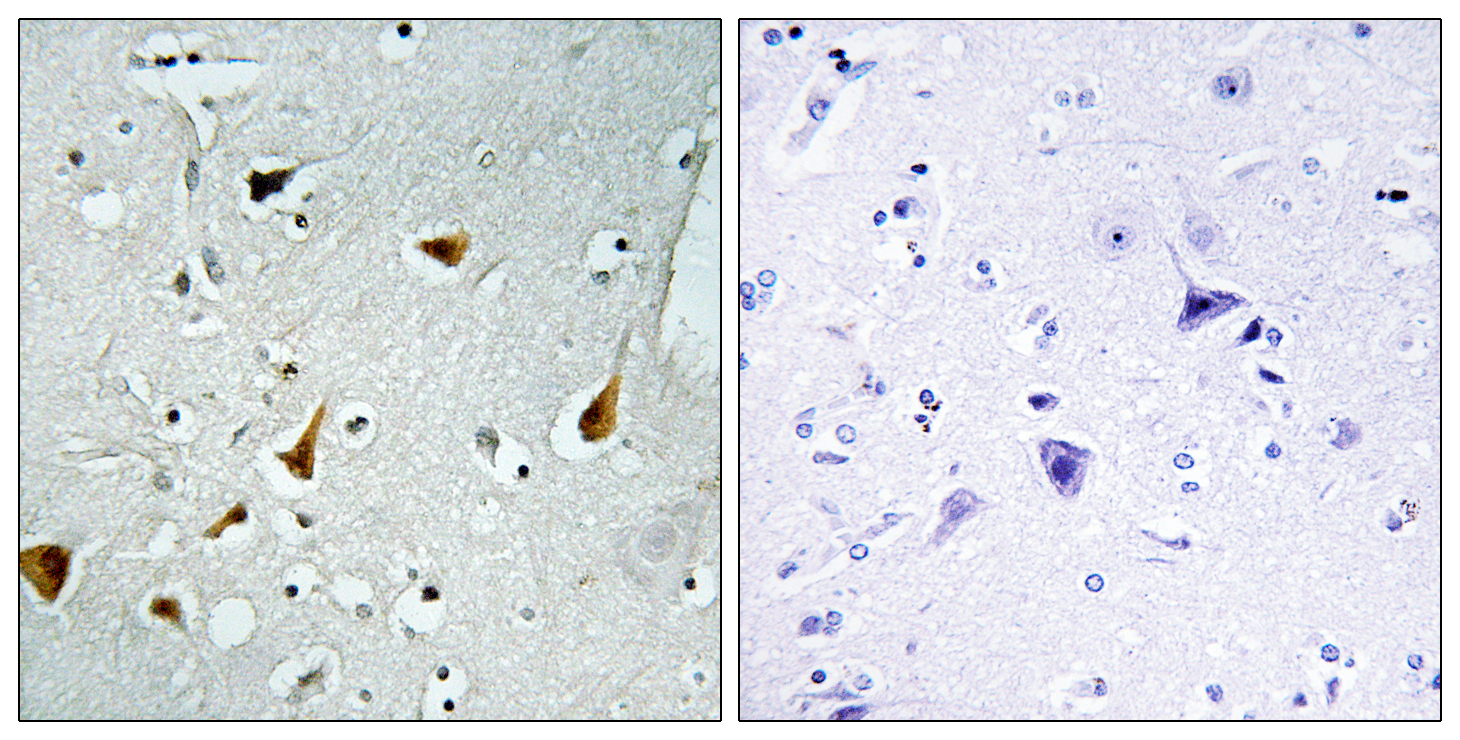Stat6 (phospho Tyr641) Polyclonal Antibody
- Catalog No.:YP0256
- Applications:WB;IHC;IF;ELISA
- Reactivity:Human;Mouse;Rat
- Target:
- Stat6
- Fields:
- >>Necroptosis;>>JAK-STAT signaling pathway;>>Th1 and Th2 cell differentiation;>>Th17 cell differentiation;>>Hepatitis B;>>Pathways in cancer;>>Inflammatory bowel disease
- Gene Name:
- STAT6
- Protein Name:
- Signal transducer and activator of transcription 6
- Human Gene Id:
- 6778
- Human Swiss Prot No:
- P42226
- Mouse Gene Id:
- 20852
- Mouse Swiss Prot No:
- P52633
- Immunogen:
- The antiserum was produced against synthesized peptide derived from human STAT6 around the phosphorylation site of Tyr641. AA range:608-657
- Specificity:
- Phospho-Stat6 (Y641) Polyclonal Antibody detects endogenous levels of Stat6 protein only when phosphorylated at Y641.
- Formulation:
- Liquid in PBS containing 50% glycerol, 0.5% BSA and 0.02% sodium azide.
- Source:
- Polyclonal, Rabbit,IgG
- Dilution:
- WB 1:500 - 1:2000. IHC 1:100 - 1:300. ELISA: 1:10000.. IF 1:50-200
- Purification:
- The antibody was affinity-purified from rabbit antiserum by affinity-chromatography using epitope-specific immunogen.
- Concentration:
- 1 mg/ml
- Storage Stability:
- -15°C to -25°C/1 year(Do not lower than -25°C)
- Other Name:
- STAT6;Signal transducer and activator of transcription 6;IL-4 Stat
- Observed Band(KD):
- 94kD
- Background:
- The protein encoded by this gene is a member of the STAT family of transcription factors. In response to cytokines and growth factors, STAT family members are phosphorylated by the receptor associated kinases, and then form homo- or heterodimers that translocate to the cell nucleus where they act as transcription activators. This protein plays a central role in exerting IL4 mediated biological responses. It is found to induce the expression of BCL2L1/BCL-X(L), which is responsible for the anti-apoptotic activity of IL4. Knockout studies in mice suggested the roles of this gene in differentiation of T helper 2 (Th2) cells, expression of cell surface markers, and class switch of immunoglobulins. Alternative splicing results in multiple transcript variants.[provided by RefSeq, May 2010],
- Function:
- function:Carries out a dual function: signal transduction and activation of transcription. Involved in interleukin-4 signalling.,PTM:Tyrosine phosphorylated following stimulation by IL-4 and IL-3.,similarity:Belongs to the transcription factor STAT family.,similarity:Contains 1 SH2 domain.,subcellular location:Translocated into the nucleus in response to phosphorylation.,subunit:Forms a homodimer or a heterodimer with a related family member (By similarity). Interacts with NCOA1 via its C-terminal LXXLL motif.,
- Subcellular Location:
- Cytoplasm. Nucleus. Translocated into the nucleus in response to phosphorylation.
- Expression:
- Uterus,
Shaoyao-Gancao Decoction Promoted Microglia M2 Polarization via the IL-13-Mediated JAK2/STAT6 Pathway to Alleviate Cerebral Ischemia-Reperfusion Injury WB Rat 1:400 penumbra tissue/
Treadmill Exercise Attenuates Cerebral Ischemia–Reperfusion Injury by Promoting Activation of M2 Microglia via Upregulation of Interleukin-4. Frontiers in Cardiovascular Medicine Front Cardiovasc Med. 2021 Oct;0:1282 WB Rat 1:400 Penumbra
Inhibition of IL-4/STAT6/IRF4 signaling reduces the epithelial-mesenchymal transition in eosinophilic chronic rhinosinusitis with nasal polyps. Yanjun Wang IF,WB Human 1:100,1:1000 nasal polyp tissue
- June 19-2018
- WESTERN IMMUNOBLOTTING PROTOCOL
- June 19-2018
- IMMUNOHISTOCHEMISTRY-PARAFFIN PROTOCOL
- June 19-2018
- IMMUNOFLUORESCENCE PROTOCOL
- September 08-2020
- FLOW-CYTOMEYRT-PROTOCOL
- May 20-2022
- Cell-Based ELISA│解您多样本WB检测之困扰
- July 13-2018
- CELL-BASED-ELISA-PROTOCOL-FOR-ACETYL-PROTEIN
- July 13-2018
- CELL-BASED-ELISA-PROTOCOL-FOR-PHOSPHO-PROTEIN
- July 13-2018
- Antibody-FAQs
- Products Images
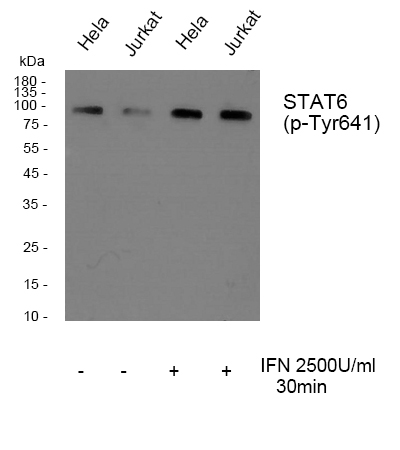
- Western blot analysis of Stat6 (phospho Tyr641) Polyclonal Antibody, using Hela,Jurkat cell treated or untreated with IFN 2500U/ml 30', 4° over night, secondary antibody(cat: RS0002 was diluted at 1:10000, 37° 1hour.
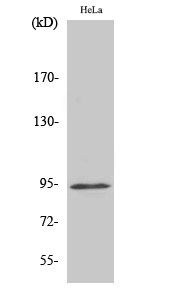
- Western Blot analysis of various cells using Phospho-Stat6 (Y641) Polyclonal Antibody
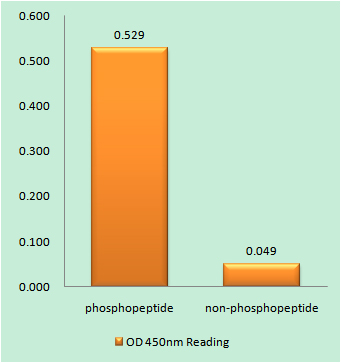
- Enzyme-Linked Immunosorbent Assay (Phospho-ELISA) for Immunogen Phosphopeptide (Phospho-left) and Non-Phosphopeptide (Phospho-right), using STAT6 (Phospho-Tyr641) Antibody
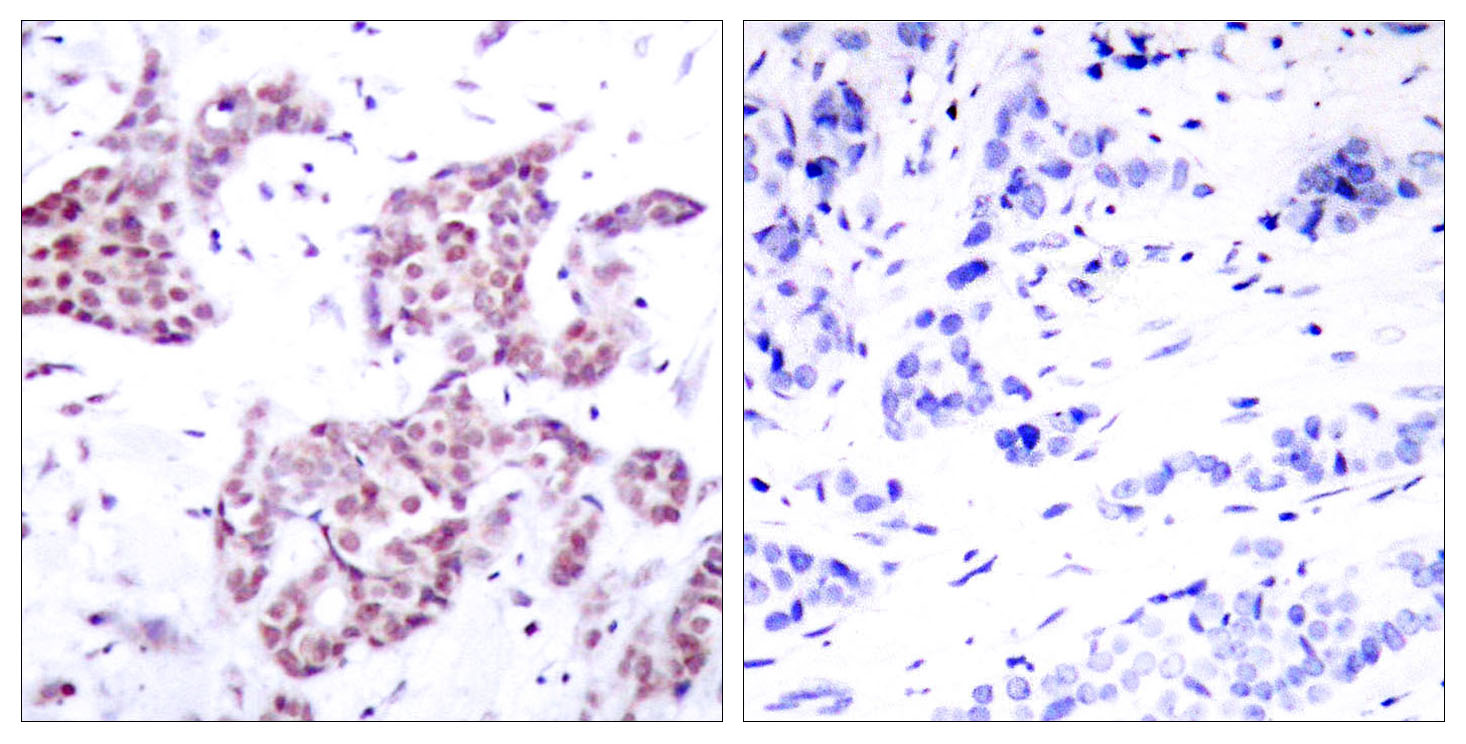
- Immunohistochemistry analysis of paraffin-embedded human breast carcinoma, using STAT6 (Phospho-Tyr641) Antibody. The picture on the right is blocked with the phospho peptide.
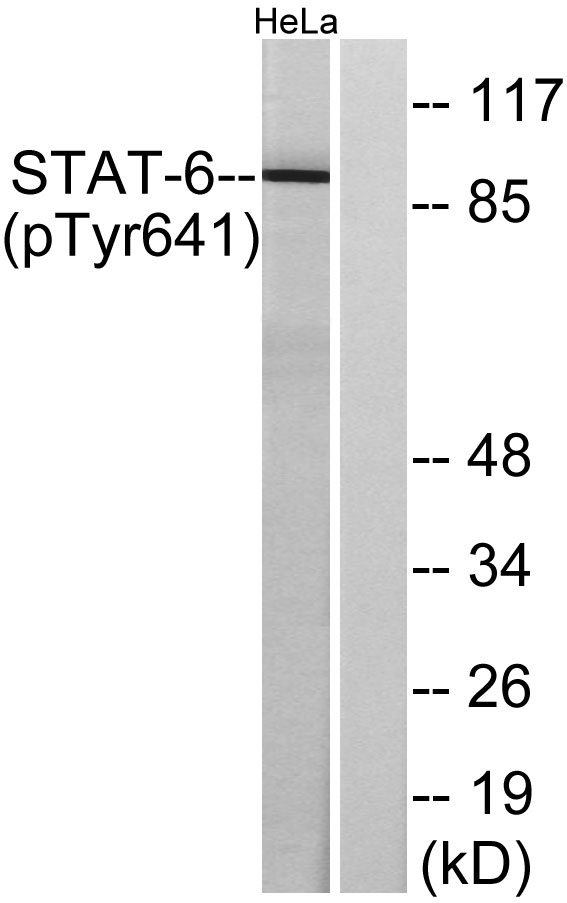
- Western blot analysis of lysates from HeLa cells treated with IL-4, using STAT6 (Phospho-Tyr641) Antibody. The lane on the right is blocked with the phospho peptide.
